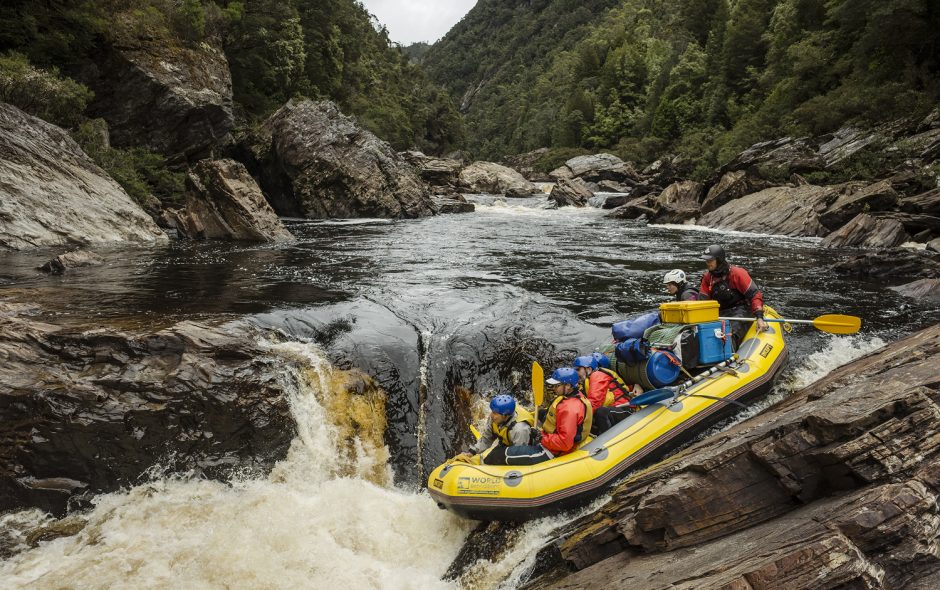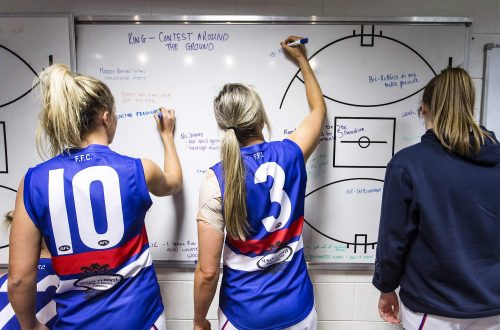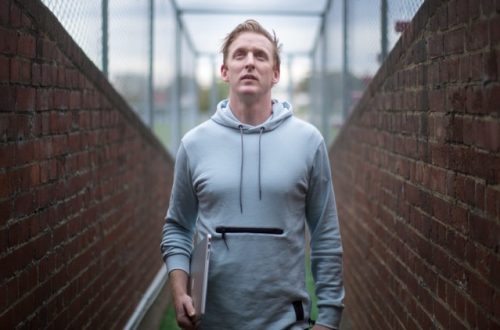When the future of Tasmania’s wild Franklin River seemed dire, Geoff Law and others fought to save it. How did they succeed in 1983, and what can we learn from them today?
*
The river reveals itself slowly. On the moss of the rainforest floor, dew drops gather in rivulets that gurgle and swell. Along the lip of a quartzite cliff, a stream bubbles and churns until the frothing water is as white as mother’s milk. In deep still stretches, it pools like crude oil – slick and black, forbidding and slack.
But now, with the Franklin River flowing swiftly over polished rocks, the activist Geoff Law pulls his oar through an icy flow the colour of strong tea. His ears prick, too, for the thrum of an approaching rapid.
They call this one the Duck Chute and ordinarily it is not challenging. This cold Tuesday in February, however, it’s a hissing, spitting chicane of freezing turbulence. We’re quickly stuck in it, wedged between branch and boulder, the right side of our yellow raft rising as frigid water pours into the left.
Law is the first person tipped out.
He was one of the key campaigners behind the Franklin River blockade of 1982 and 1983 – the most successful environmental campaign in Australian history – and I’ve come here to ask him what lessons we might learn from that historic action. With climate change deniers and coal carriers in high office, I’ve also come to take heart from a battle won, to view the spoils of war through the eyes of an old warrior.
Right now though, Law can’t see anything. He can’t talk. Can’t breathe. He is stuck under the boat, wondering if he is about to drown. He fell headfirst into the brisk current and is now experiencing “panic, claustrophobia and confusion”. This river, which he fought so hard to save more than three decades ago, is trying to kill him…
CLICK HERE to read the full story from Good Weekend on March 25, 2017
Photography by James Brickwood




